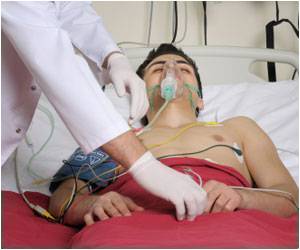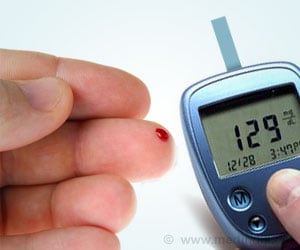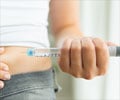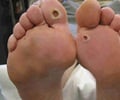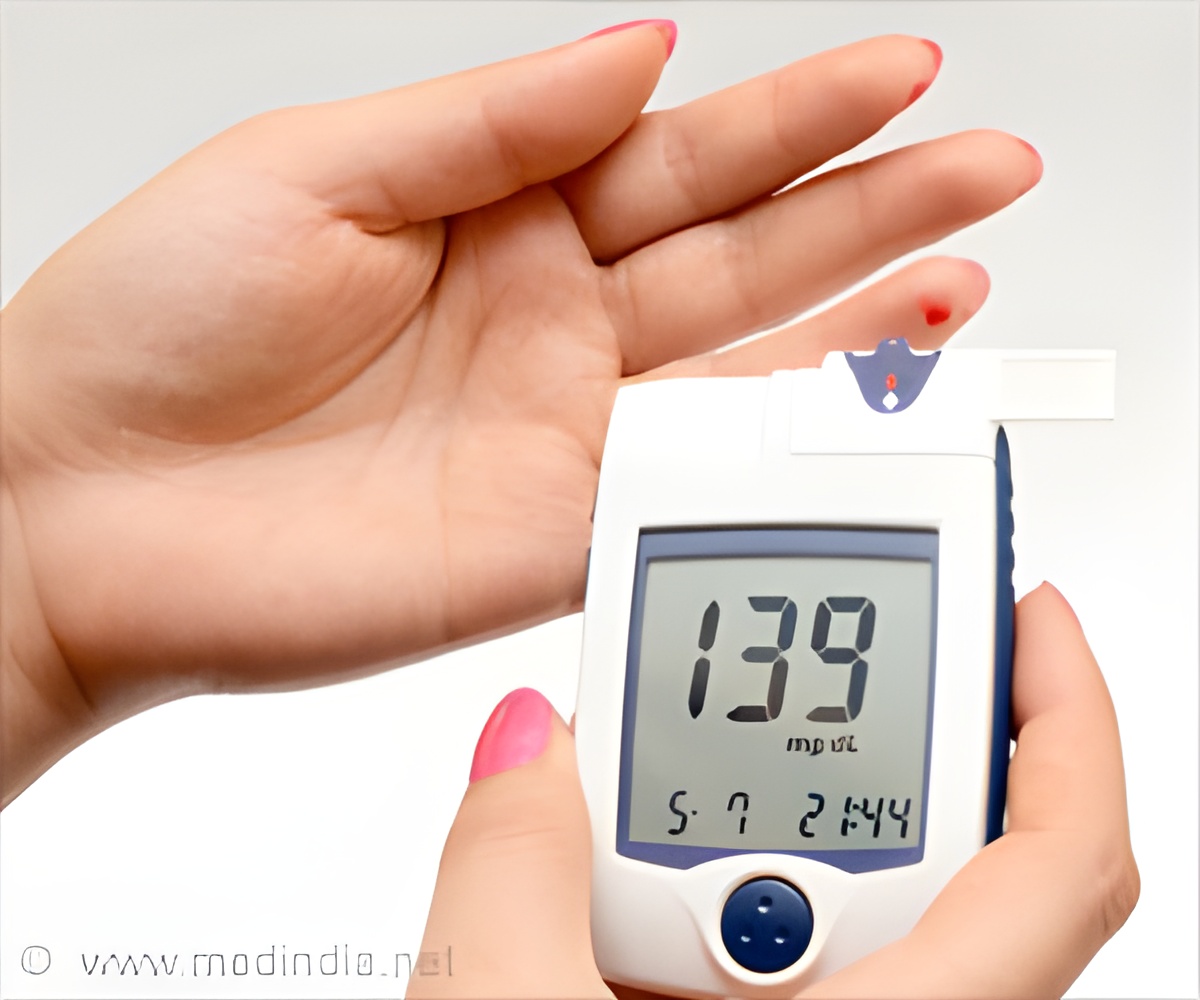
‘A new way to repurpose portable glucose monitors to harness these simple devices' practicality and low cost for the detection of other diseases has been reported by scientists.’
Tweet it Now
Diagnosing disease can be highly technical, costly and time-consuming. These challenges become particularly problematic in low-income and remote locations. The personal glucose monitor, however, is one medical testing device that can deliver results rapidly.
Building on its success, scientists have started repurposing it to test for other substances, such as cocaine or Salmonella bacteria in milk. But the methods they used so far required complicated and time-consuming steps. Chaoyong James Yang and colleagues wanted to take a simpler approach and apply it to biological disease markers.
The researchers started with tiny spherical pouches called liposomes and filled them with enzymes that produce glucose. In the presence of a target molecule, the liposomes were designed to burst open and cause an increase of glucose in the test solution. The researchers tried it with thrombin, a protein that can indicate restricted blood flow or heart disease.
A commercial glucose monitor accurately detected the levels of glucose, which corresponded to the amount of thrombin in samples. In addition, the researchers say their method could be used to detect other disease-associated proteins.
Source-Eurekalert


